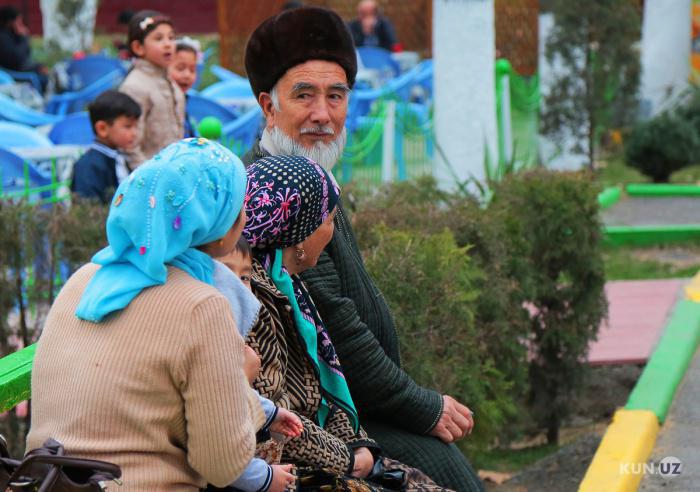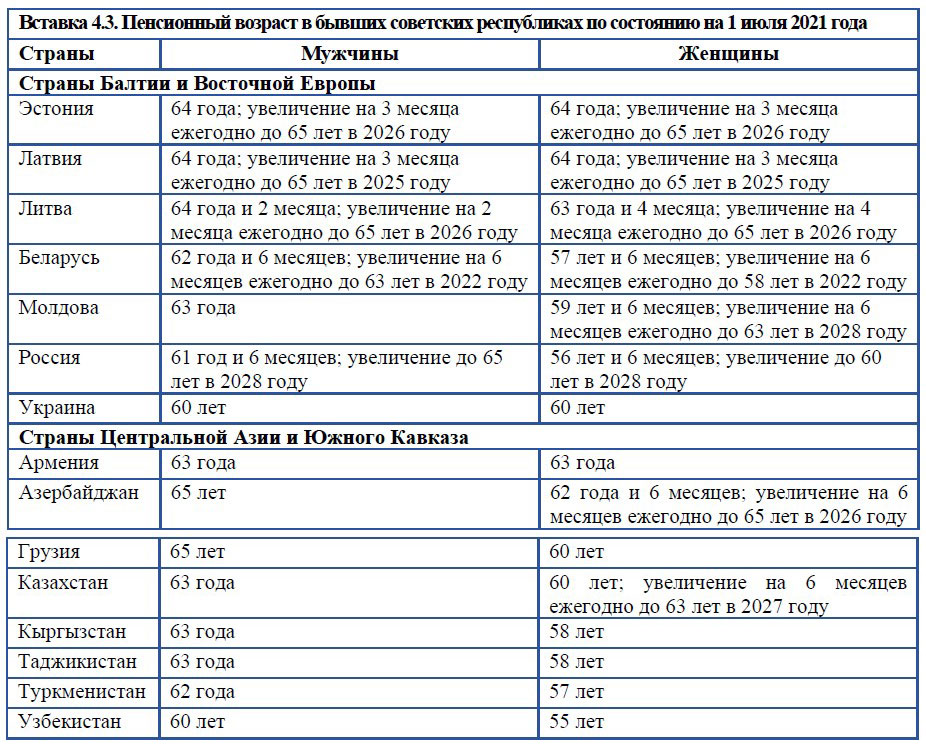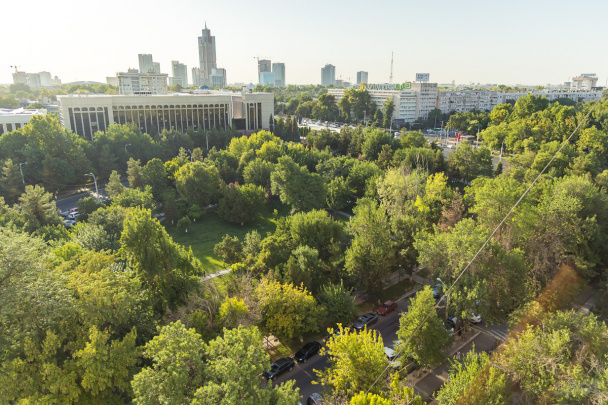WB recommends Uzbekistan to raise retirement age
Uzbekistan is the only former Soviet republic where the retirement age is 55 for women and 60 for men, this is stated in the World Bank (WB) review “Improving the efficiency of spending on human capital and water infrastructure”, which was published in December 2022.

Photo: Kun.uz
According to the WB, in the course of the transitional reforms of the 1990s, many countries increased the retirement age by 2-3 years. In the second decade of the 2000s, a second wave of upswing began as countries embarked on long-delayed retirement age reforms (Ukraine, Belarus, Russian Federation). Those countries that previously raised the retirement age, at this stage, paid special attention to the gradual equalization of the retirement age of women and men (Azerbaijan, Armenia, Moldova, Lithuania and Kazakhstan). In Estonia, Latvia, Lithuania and Azerbaijan, the retirement age is raised to 65 for women and men.
“During a pandemic and high unemployment, it is not advisable to start raising the retirement age. But as practice shows, from the moment a decision is made to the start of its implementation, it is advisable to give employees of pre-retirement age time to adapt so that they can adjust their life plans,” the report reads.
In their opinion, the best option would be to adopt a decision within the framework of the national social protection strategy for 202-2030, providing for a slow (3-4 months per year) increase in the retirement age to 65 years, starting from 2025.
It is noted that in the future this will gradually shift the border between working and retirement age, reducing the pressure of demographic changes. It is very important for the country to have time to do this before the demographic growth potential of the labor force is exhausted (mid-2040s), since this is already a matter of national competitiveness.
“Neighboring countries have significantly higher birth rates and retirement age, which gives them some advantages. In the long term, raising the retirement age will help ensure the financial sustainability of the pension system and public finances,” the WB experts concluded.

Related News

08:48 / 24.04.2024
Over 500 public buildings across Uzbekistan to become energy efficient within framework of the Ministry of Energy and WB project

17:24 / 10.01.2024
World Bank: Uzbekistan’s economy grew by 5.5% in 2023

16:43 / 24.11.2023
“Abolition of energy subsidies and introduction of an emissions tax will result in 5% growth of GDP” – WB

09:14 / 29.08.2023



